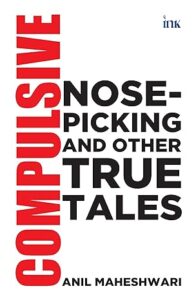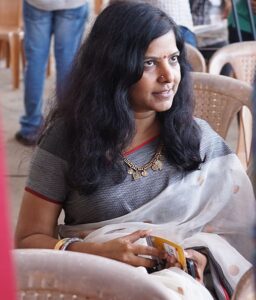Indian scientist develops advanced wound dressing
This indigenous dressing will allow cost-effective dressings for chronic wound patients and will also pave the way for business incubation
THC Bureau | August 6, 2021 11:14 pm

PIB photo
An Indian scientist has developed an advanced wound dressing based on agarose, a natural polymer derived from seaweed agar, for the treatment of infected diabetic wounds and patients suffering from chronic wounds. This indigenous dressing will allow cost-effective dressings for chronic wound patients and will also pave the way for business incubation, according to an official press release.
The biodegradable, non-immunogenic wound dressing has been developed from sustainable source intervention by adding several additive molecules like iodine and citric acid. Dr. Vivek Verma of the Indian Institute of Technology, Kanpur, developed this. The endeavor was supported by the Advanced Manufacturing Technologies Programme of the Department of Science & Technology (DST). It is aligned with the ‘Make in India’ initiative, which has bagged a national patent and has been validated and tested in-vitro and in-vivo on rat model.
The role of addition of several active molecules like sericin, iodine, and citric acid to this novel wound dressing has been evaluated along with agar in terms of their healing and containment property with regards to chronic wounds. The invention in particular provides agar dressing films for the treatment of infected diabetic wounds. The dressing may be used as a single layer, bilayer, or multi-layered hydrogel films depending on the severity and type of wound.
The developed intervention is in the third stage of the Technology Readiness Level. At present, the dressing has been tested on a rat model with a small-sized circular wound of 5-mm diameter with a single layer dressing incorporated with only one active ingredient.
The next step would be to test its efficacy in the treatment of large wounds in big animals like rabbits or pigs. Verma is working towards incorporation of all the active agents in single or multilayer arrangement and optimize various parameters related to it. The final stage will include clinical trials. Following these steps, the technology can be commercialized in the market as single or all ingredient loaded uni/multilayer dressing material.
According to Verma, the advanced wound dressing has potential to be converted into commercial product for advanced wound care, and it can provide an active bandage for treatment and management of chronic wounds at competitive cost.
The advanced wound dressing market in India is largely monopolized by foreign companies. This indigenous dressing will not only allow cost-effective dressings for chronic wound patients but also will pave way for business incubation.






























